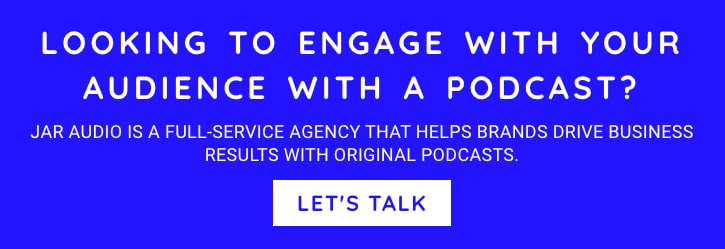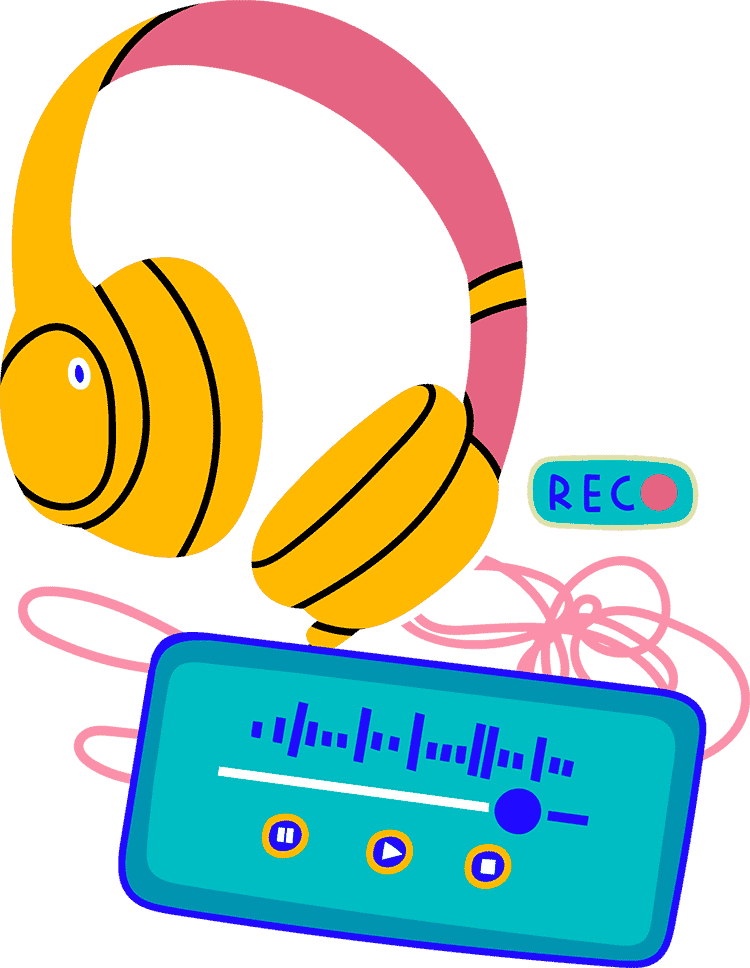How to turn one episode into dozens of conversation starters (and why sales will thank you for it).
Sales conversations move faster when reps are armed with the right ammunition.
Real-world proof points. Sharp talking points. And something that gets a reply.
The good news? That’s exactly what your podcast can be… but only if you treat each episode like a content engine and not just a standalone content drop.
A single episode can become 15+ sales assets
Here’s what’s possible from one 25-minute episode:
- A 90-second teaser video that gets shared in cold outreach
- 3 short clips tailored for top-of-funnel follow-ups
- A quote graphic for sales decks or social
- A bulleted “cheat sheet” of key takeaways for SDRs
- A personalized email template that links to a relevant moment in the episode
- A one-paragraph summary that becomes LinkedIn fodder
- A voice note sent via Slack to a stalled prospect
This is sales enablement with a pulse.
Why it works: Audio builds trust faster than text
People don’t want more content. They want less friction.
And a podcast clip — especially one that features a real human sharing a real insight — doesn’t feel like a pitch. It feels like a person. A peer. A perspective.
That’s why short audio or video snippets outperform traditional PDFs in email click-through rates (HubSpot, 2024). The medium is lighter. The message is more human. And the intent is clearer: “I thought this might be useful,” not “Please read this online brochure,” or “Skim this microsite.”
It’s a subtle shift. But it changes everything.
Experts and client voices = third-party validation on demand
If your podcast features industry experts, partners, or even internal SMEs, you’re sitting on a credibility engine. Sales teams can reference those voices in live calls, link to them in follow-ups, or use them to reframe objections.
Example: an episode featuring a CIO talking about digital transformation reassures rather than informs your audience. It says, “you’re not alone,” and “others are solving this too.”
When sales can borrow that authority, they move faster through the funnel.
Podcast episodes create “reasons to reach out”
Most sales reps struggle with the same thing: staying top-of-mind without being annoying.
A podcast solves that. Every new episode is a fresh excuse to reach out:
- “Thought this clip might resonate with your current challenges.”
- “This guest touched on something we talked about — curious what you think.”
- “We just dropped this — wanted to pass it along in case it’s helpful.”
That’s not spam. That’s value delivery in disguise.
The strategic shift: From podcast as show… to podcast as system
Here’s the mindset change:
A podcast functions as infrastructure for sales, marketing, and brand growth.
It gives your marketing team fuel. Your sales team ammo. Your brand a voice.
And it gives your audience a reason to lean in.
So don’t let it die in the feed.
Run every episode through a repurposing system:
- Clip it with tools like Descript.
- Summarize it with ChatGPT or your internal team.
- Tag and store it in a searchable content library.
- Brief the sales team on how and when to use it.
Because when you do? That one episode you published last week?
It’s still working. Still opening doors. Still giving your team something real to say.
If you like insights like this (tactical, practical, and a bit unexpected), then subscribe to JAR’s newsletter. It’s where more of the good stuff lives.
Roger transitioned from a 22 year career in advertising account management to co-founding JAR, a podcast podcast production agency. As CEO of JAR, he propels the company’s growth by prioritizing audience engagement and podcast marketing. Under his guidance, JAR flourishes with a global clientele, aiming to broaden its reach across North America and revolutionize brand connections through immersive storytelling.



